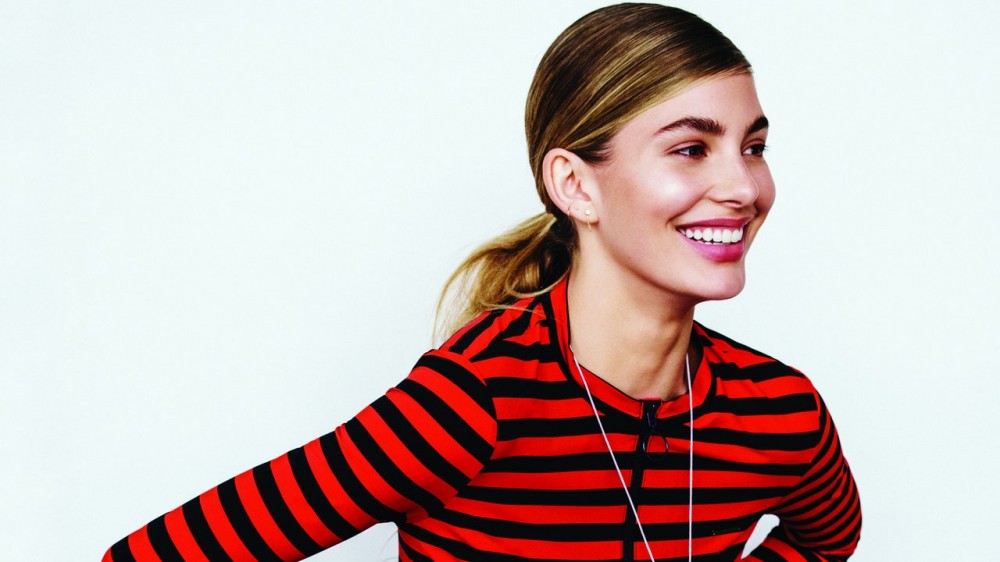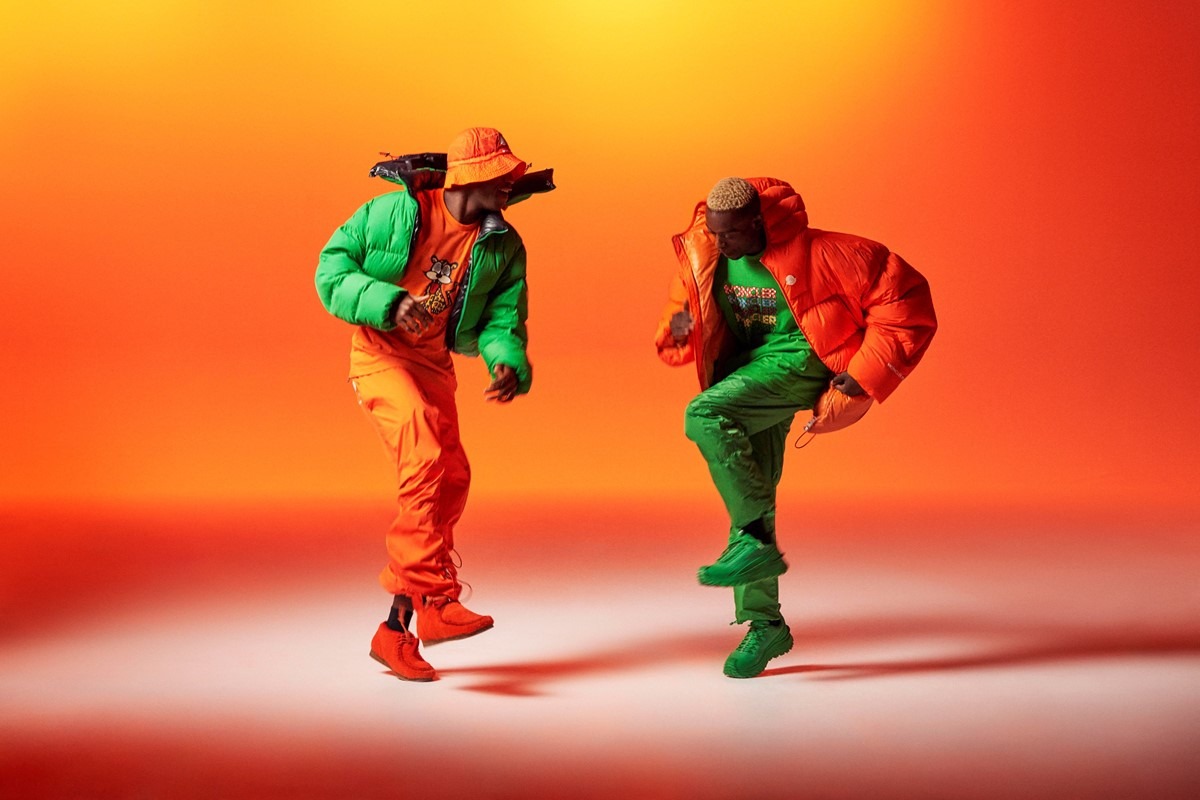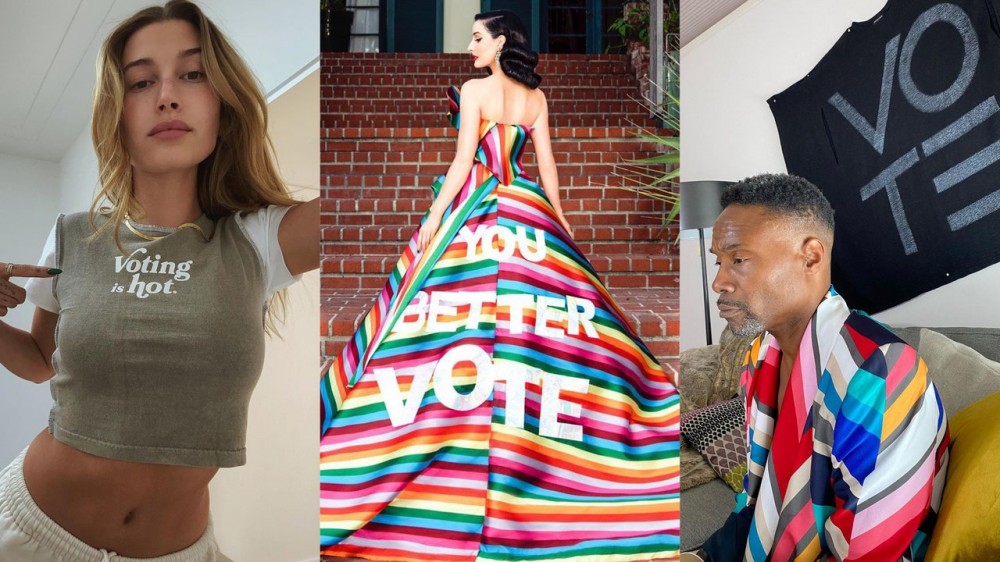
Meet New York’s Top Hand and Foot Model Agent (It’s a Real Thing!)
Picture this: An in-demand fashion model boards a flight from New York to Hong Kong. She lands, arrives on the set, gets photographed by a famous photographer, and is flown back to New York all in the same day. The only catch is that you’d never even recognize this model—her face never gets shot. The moneymaker here is her legs.
Parts models—as in hand, feet, or torso models—are an integral piece of the fashion industry, yet they rarely get the acclaim that the Giseles and Naomis of the world do. They do, however, make just as much as regular models, if not more. There are even parts supermodels. And many of them are all repped by one powerhouse New York agent, Dani Korwin of Parts Models, a Manhattan-based agent representing more than 200 hands and feet models.
Since founding the business in 1986, Korwin has become the go-to modeling agent for editorial and advertising clients looking for that perfect foot or hand. “Parts modeling is the unsung stepchild of the modeling industry,” says Korwin, who was once a hand model herself. “Most people really don’t think about all the times you see a hand or foot in a print ad, on a website, or in a commercial.” Day rates for parts models can range from $150 to $500 for editorial and from $250 to $2,500 for advertisements, which is roughly the same for standard models. “And because it is unrecognizable, you can shoot for Panasonic one day, and Samsung the next,” says Korwin. “There’s no exclusivity.”
Korwin dominates the New York market; there are few other parts modeling agencies with as large a roster as hers, though Carmen’s Hand Models in New York and Body Parts Models in Los Angeles are also well-known. With more than 30 years of experience, though, Korwin certainly has an unmatchable eye for what makes a good parts model. First off, she says the limbs must always be “veinless, poreless, and flawless,” but it’s about much more than that: You also have to move with grace, and make the camera love you. “The hand or foot model’s job is to sell the product, and to do it nonverbally,” says Korwin. “You have to make that product the sexiest, most wonderful, appealing can of tuna.”
Because of the skill required, there are parts supermodels whom clients keep coming back to. Ellen Sirot, one of the world’s most famous hand models and a client of Korwin’s, once said, “I view my hands as Olympic athletes.” Other in-demand parts models at Korwin’s agency include Ray Martell Moore and Farrah Sabado. Sabado currently averages about three shoots a week, and clients admire her ability to rapidly get the shot. (She just did a La Mer campaign.) “She’s able to see things from both the stylist and photographer’s point of view,” says Mosha Lundström Halbert, a freelance fashion editor who has worked with Sabado at publications such as Footwear News. “She acutely understands how to configure her extremities just so—it’s really something to behold.” One of Moore’s first hand modeling jobs was acting as Jay-Z’s hand double for a commercial, and with more than a decade of experience, he too knows how to get the job done, and he’s done it all. “Some jobs can be easy. I've gotten paid a lot for something as simple as a handshake,” he says. “Or sometimes they’ll be like, ‘Hold this cup like you’re talking to a family member about something really important.’”
You may think Sabado and Moore, as the industry’s top parts models, are crazy about maintaining their moneymakers—we’ve all seen that scene in Zoolander in which the hand model wears a glass dome around his hand—and on some level, Korwin says that is necessary. “If your livelihood depends on having your body in excellent condition, you have to make sure even a cat scratch [doesn’t happen,]” she says. But Sabado and Moore take a relatively laid-back approach to protecting their goods. “I’m an irresponsible parts model,” Sabado says with a laugh. “I just live my life. The only thing that I do at night is I will moisturize with a heavy cream, and wear both gloves and foot socks.” Moore is a little more stringent. “If there’s a glass cage [for hands] that’s ever created, I might be the first one to buy it,” he says. (And yes, he does stay away from cats—though he’s now an expert at rapidly healing scratches.)
The changes shaking the regular modeling world are affecting parts modeling as well. During the past year, the Black Lives Matter movement has caused different sectors of the fashion industry to examine how it can better its diversity and inclusivity efforts—and this has also trickled into parts modeling, which has long favored milky-white limbs. Since she founded her business, Korwin says she has always had a diverse range of skin tones, ages, and sizes on her roster, but only now are clients really starting to book and demand a more diverse range.
Currently, Korwin’s most popular parts category is her “ethnically ambiguous” parts models, those who, depending on how they’re lit, can visually fit a wide range of skin tones. Both Sabado and Moore fall into this category, though they recognize its problematic implications. “The beauty of why I work a lot is because my skin color is in the middle,” he says. “But I would love to see more darker complexions in ads.” In terms of diversity efforts in the industry, Moore adds that there’s still much work to be done behind the scenes too. “For the over 10 years I’ve been in this industry, I’ve only worked with one Black photographer as a hand model,” he says. “I’ve worked with over 100 brands.”
As for Korwin, she remains optimistic about her variety of parts models getting more jobs now. Parts modeling is a big advantage for representation; these shoots happen every single day, and we see them more than we think. That subtle visibility is powerful. “Sometimes, it’s good to be the silent [but deadly] people,” Korwin says. “It’s something you don’t really notice, but when you do sit down and notice, it’s everywhere.”



